Affiliate links on Android Authority may earn us a commission. Learn more.
HTC Desire 826 vs HTCDesire Eye quick look
It’s been only a few months since the last entrant to HTC’s mid-range Desire series, but that hasn’t stopped the company from taking the wraps off of its latest offering, the Desire 826 at CES 2015. This device is another wonderful addition to HTC’s increasingly popular mid-range portfolio, and considering the rather short release cycle, it’s natural to wonder how it stacks up against its counterpart. Today, we’ll be taking a quick look at the HTCDesire 826 vs HTCDesire Eye!
Design
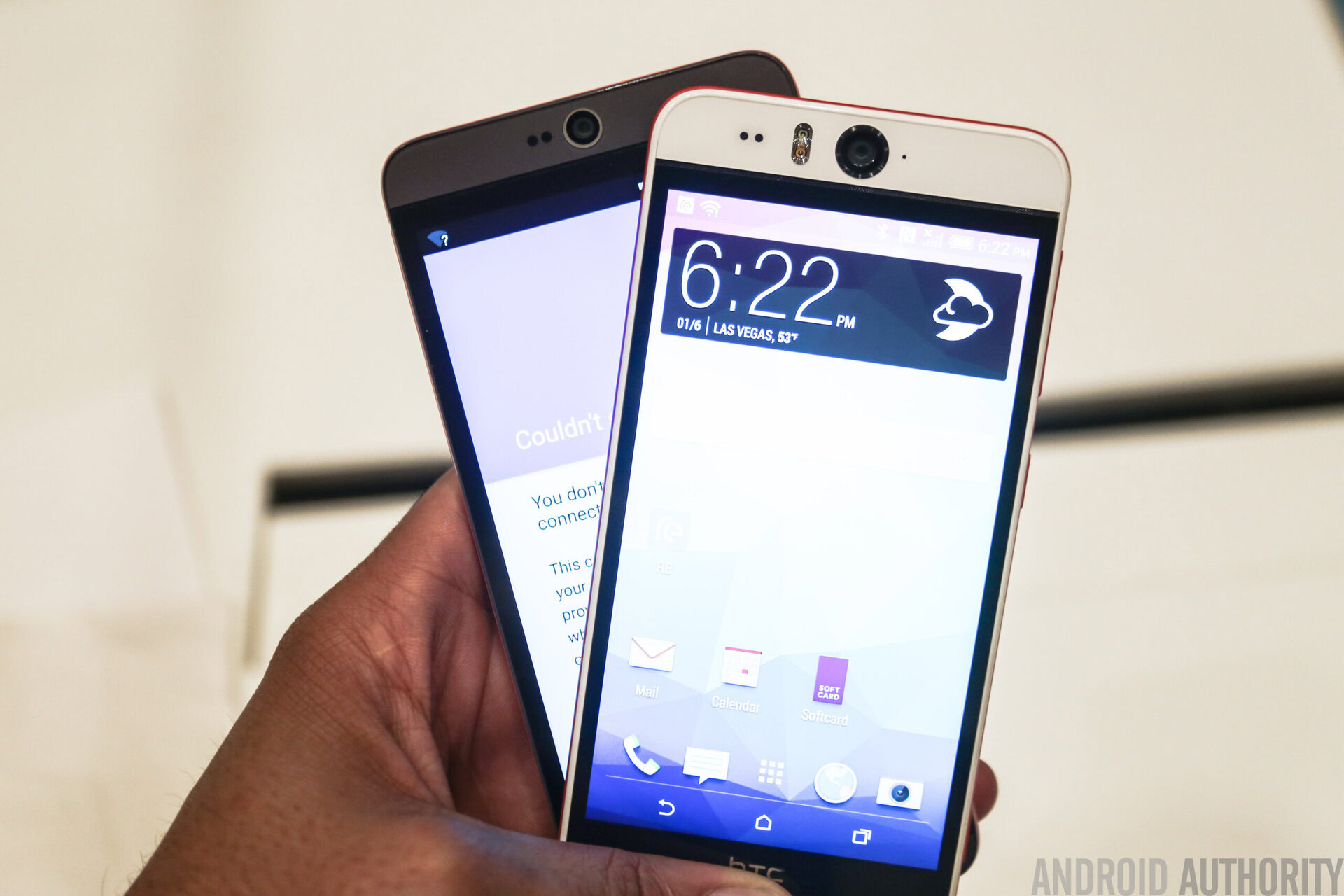
The Desire 826 may be the successor to the Desire 820, but borrows its design language heavily from the Desire Eye. The same dual-tone color elements are available with both, and HTC’s signature front-facing BoomSound speakers are also placed identically, tucked away in a small gap between the display and the top and bottom bezels.
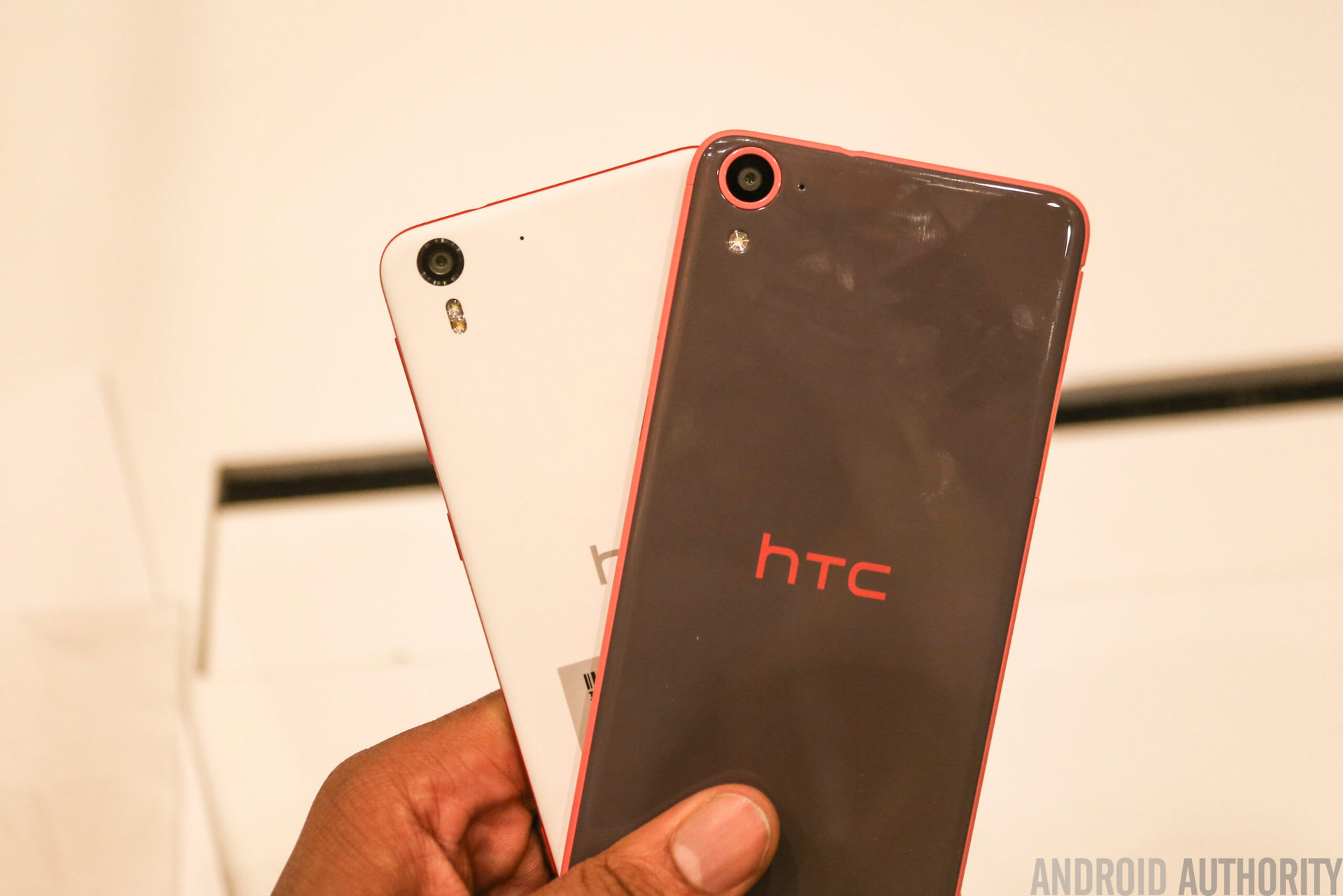
In fact, save for the difference in size, courtesy of the larger display that the Desire 826 sports, and a different front camera setup, both smartphones look almost identical. Of course, the glaring difference is in what gives the Desire Eye its name, the 13 MP camera and dual LED flash found up front, with HTCfavoring a 4 MP “Ultrapixel” front-facing shooter in the case of the Desire 826.
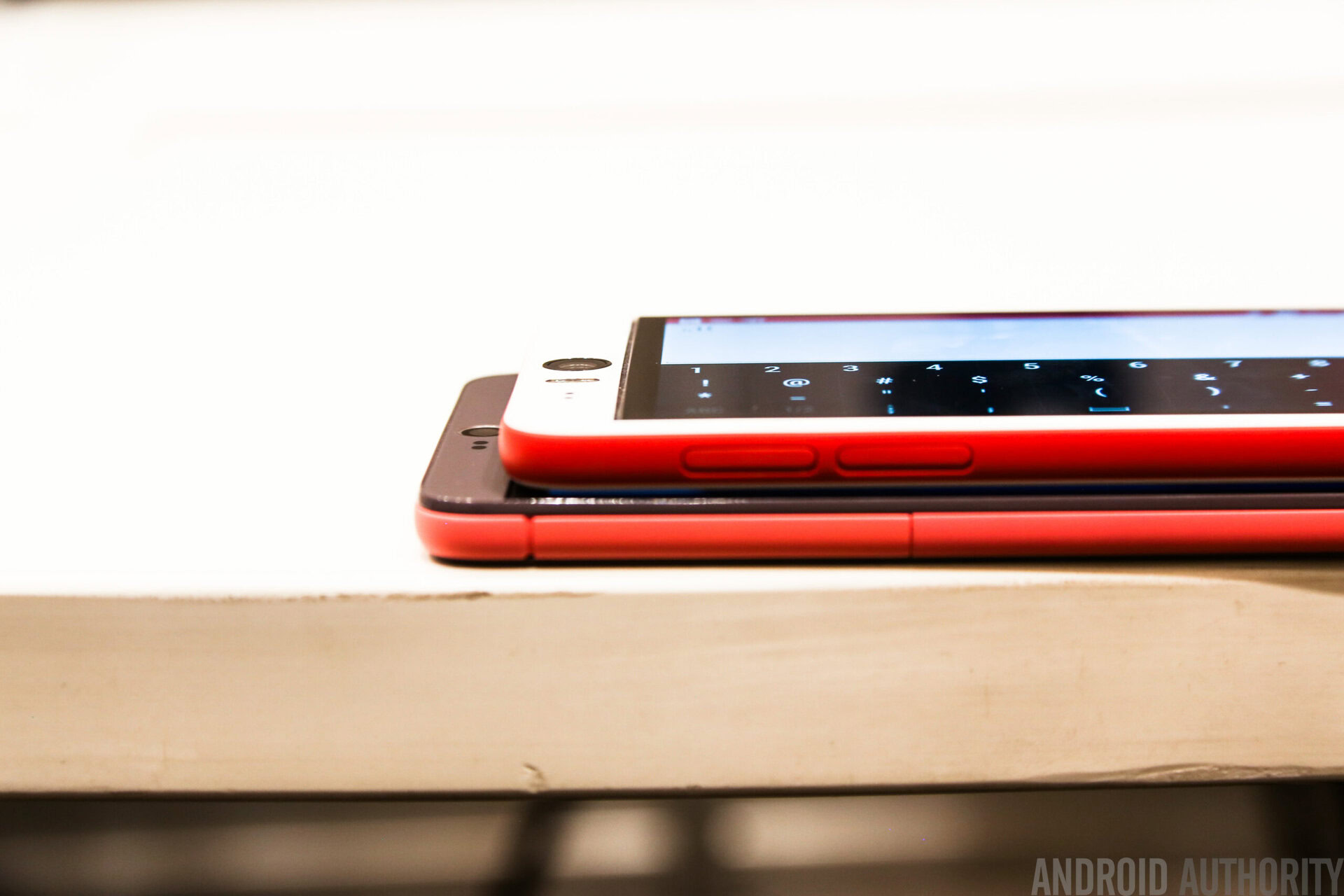
HTC has always been known for their designs and build quality, and that is definitely the case with the very similar Desire Eye and Desire 826, and users will find little to complain about with regards to either smartphone.
Display
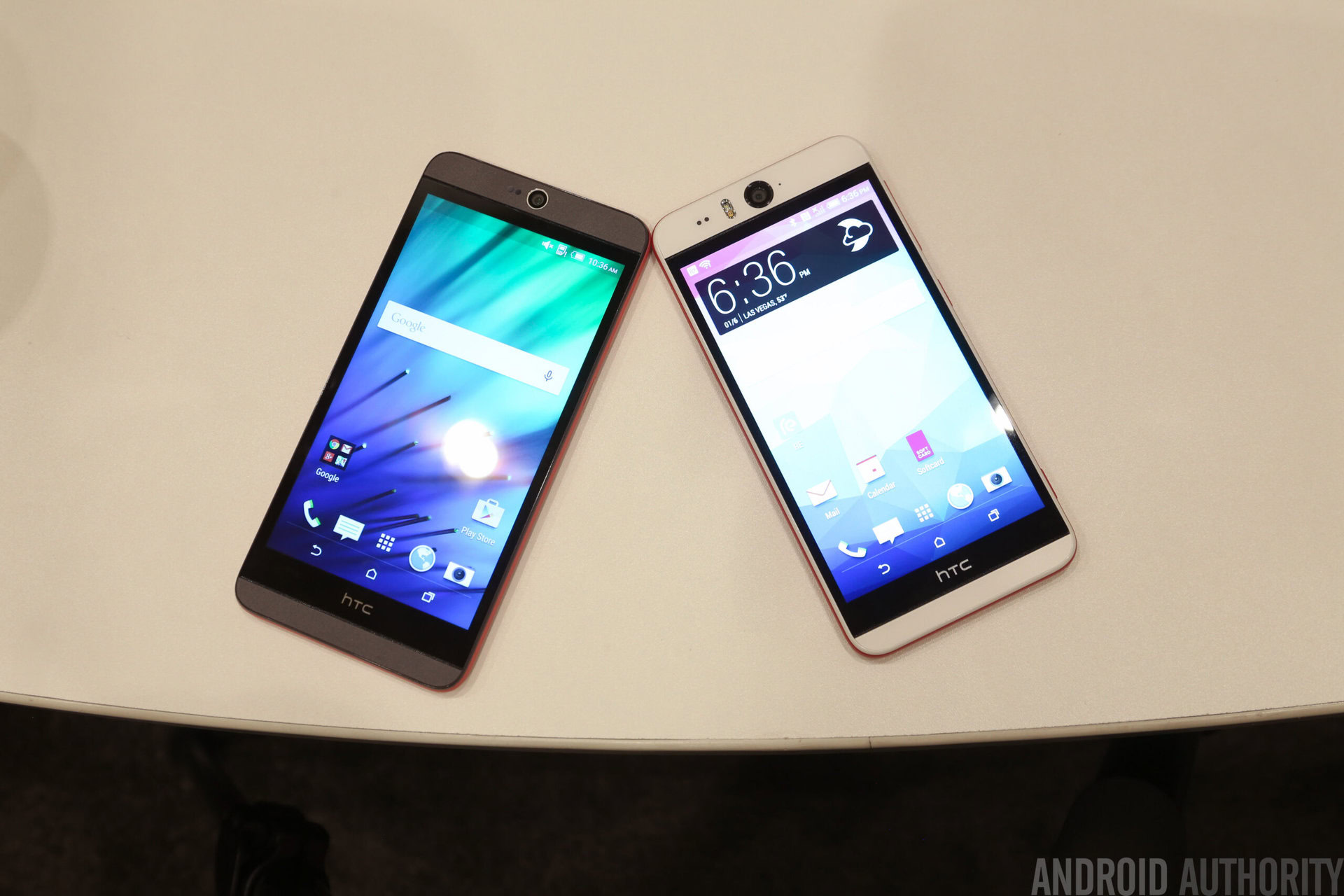
Both smartphones feature IPS LCD displays with a 1080p resolution, with the difference in size, 5.2-inches for the Desire Eye and 5.5-inches for the Desire 826, resulting in pixel densities of 424 ppi and 401 ppi respectively.
You might like: Best cases for HTCDesire Eye
As excited as we may or may not be about Quad HD, 1080p screens still offer plenty of sharpness, with the IPS LCD technology bringing the viewing angles and brightness it is known for. You will have a great experience on either of these displays, and it just comes down to which display size you prefer.
Performance and Hardware
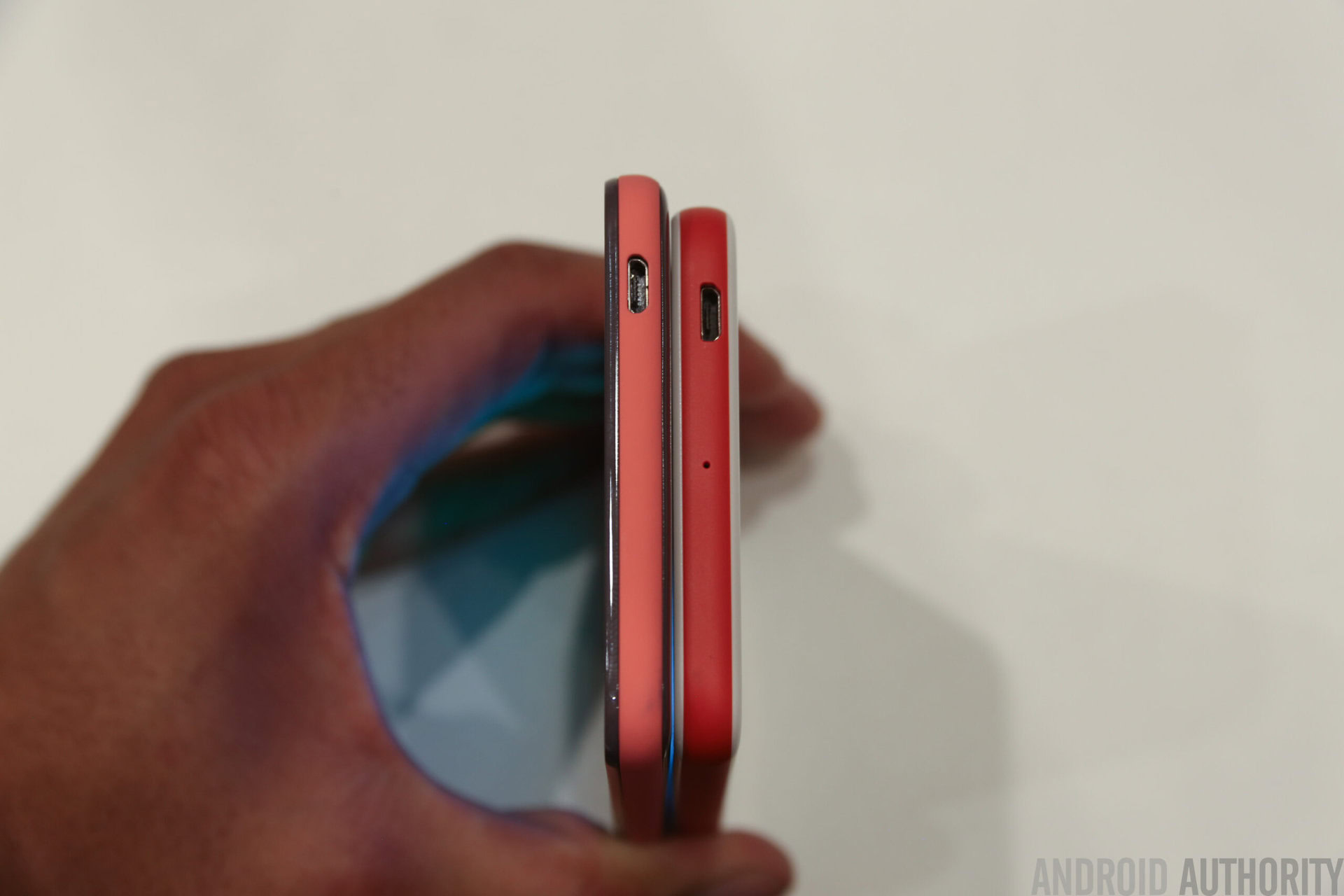
The HTCDesire 826 packs an octa-core 64-bit Qualcomm Snapdragon 615 processor, an upgrade from the quad-core version found on the Desire 820, and ideal to take advantage of the 64-bit Android 5.0 Lollipop that it runs. The Adreno 405 GPU handles most graphic-intensive activities well, and 2 GB of RAM should make multi-tasking a breeze.
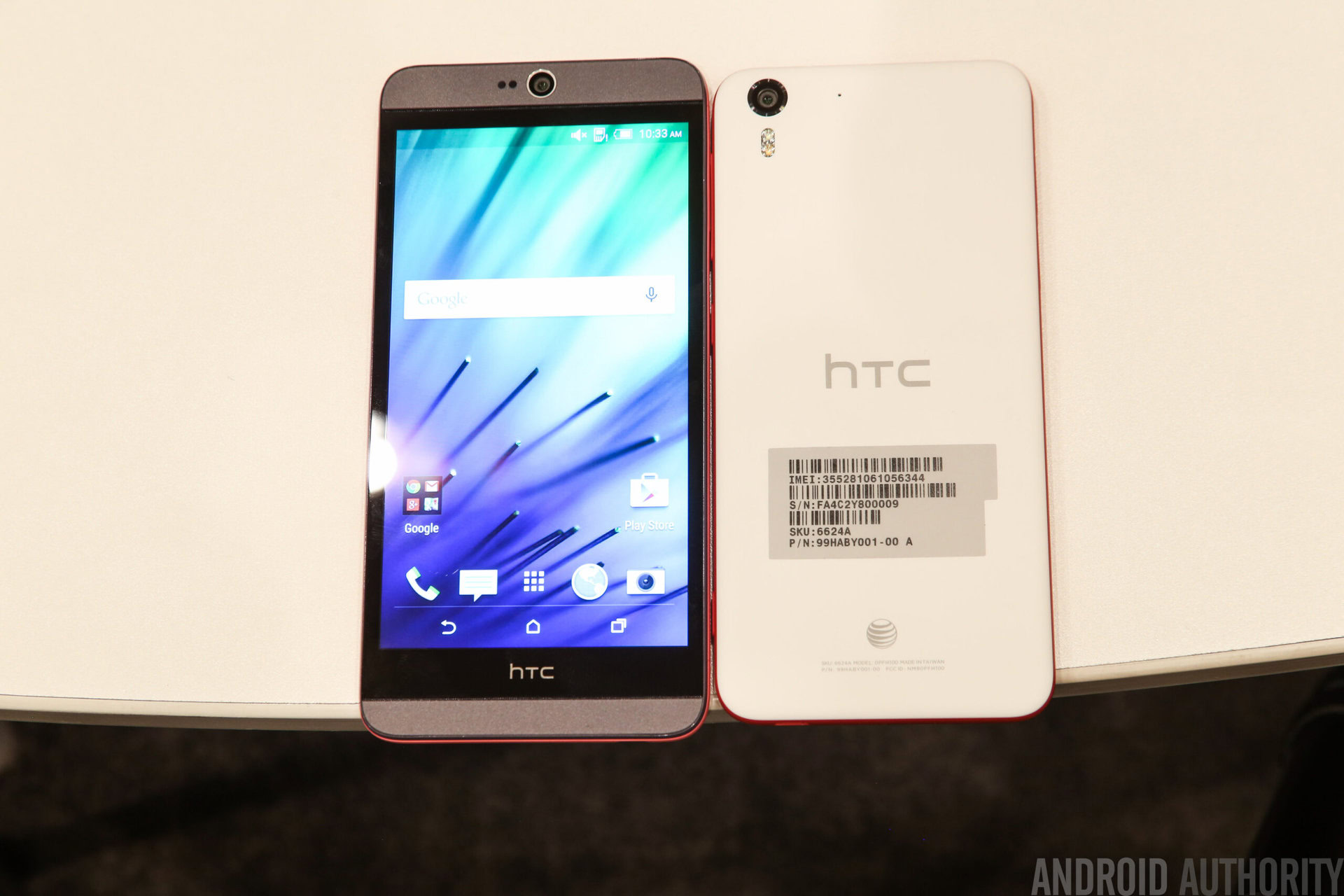
The Desire Eye on the other hand falls in a “premium mid-range” category, and features a processing package that was found with most flagships last year. Packing a quad-core Qualcomm Snapdragon 801, the Adreno 330 GPU, and also 2 GB of RAM, you certainly get amazing performance from a device that is loosely considered mid-range.
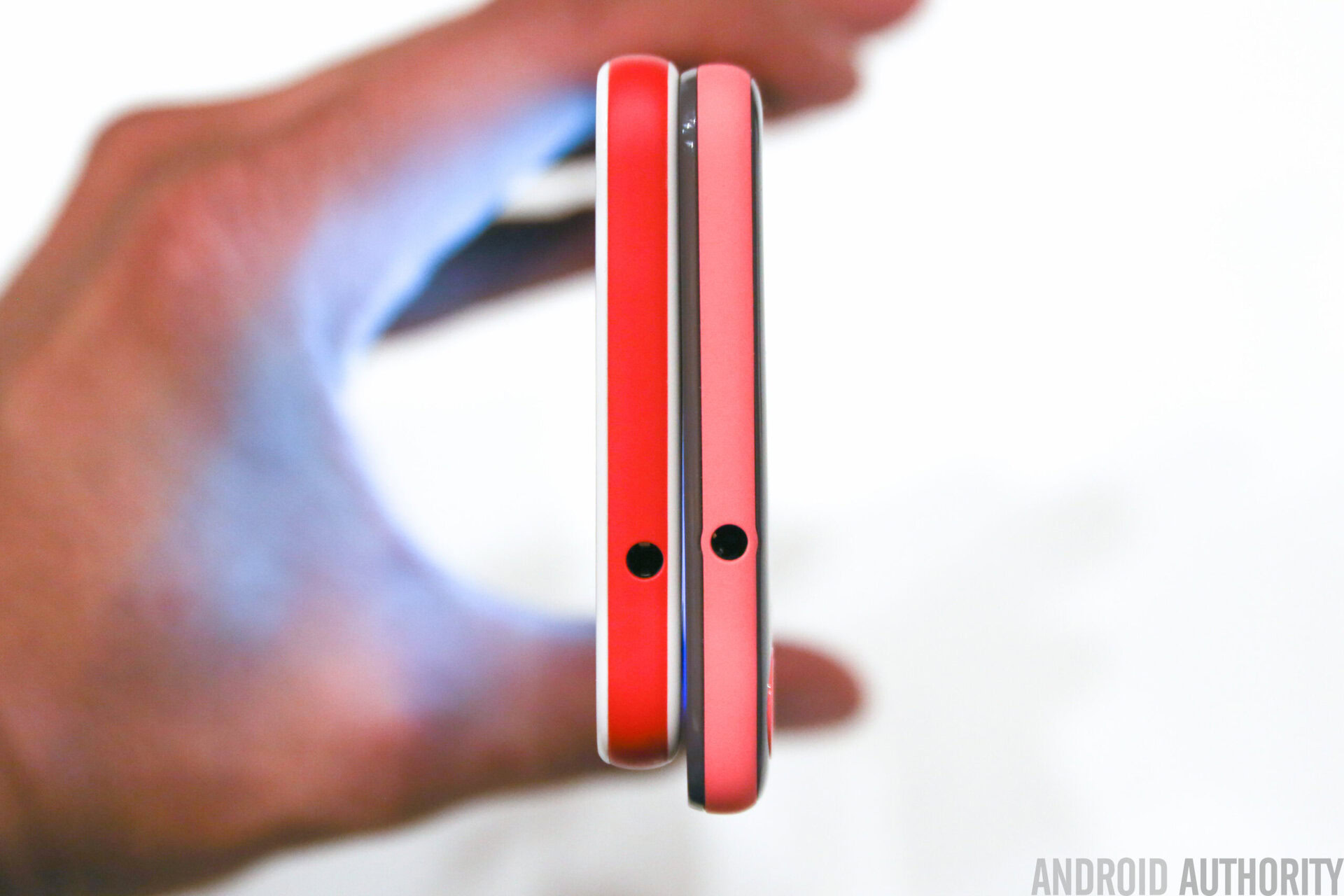
Remaining hardware remains the same across the board, with both coming with 16 GB of on-board storage, further expandable by up to 128 GB, and the same suite of connectivity options. As mentioned, both smartphones also feature front-facing BoomSound speakers, which has become the best part about any HTCdevice. The Desire 826 now also comes with a Dolby Digital enhancement, which should allow for an even more immersive experience. Whatever faults HTCsmartphones may have, the audio experience is still arguably the best you can get.
The 2,400 mAh battery of the Desire Eye may seem a little small, but performs really well as we found out in our review. The same, and maybe more, can be expected from the 2,600 mAh unit that the Desire 826 packs.
Camera
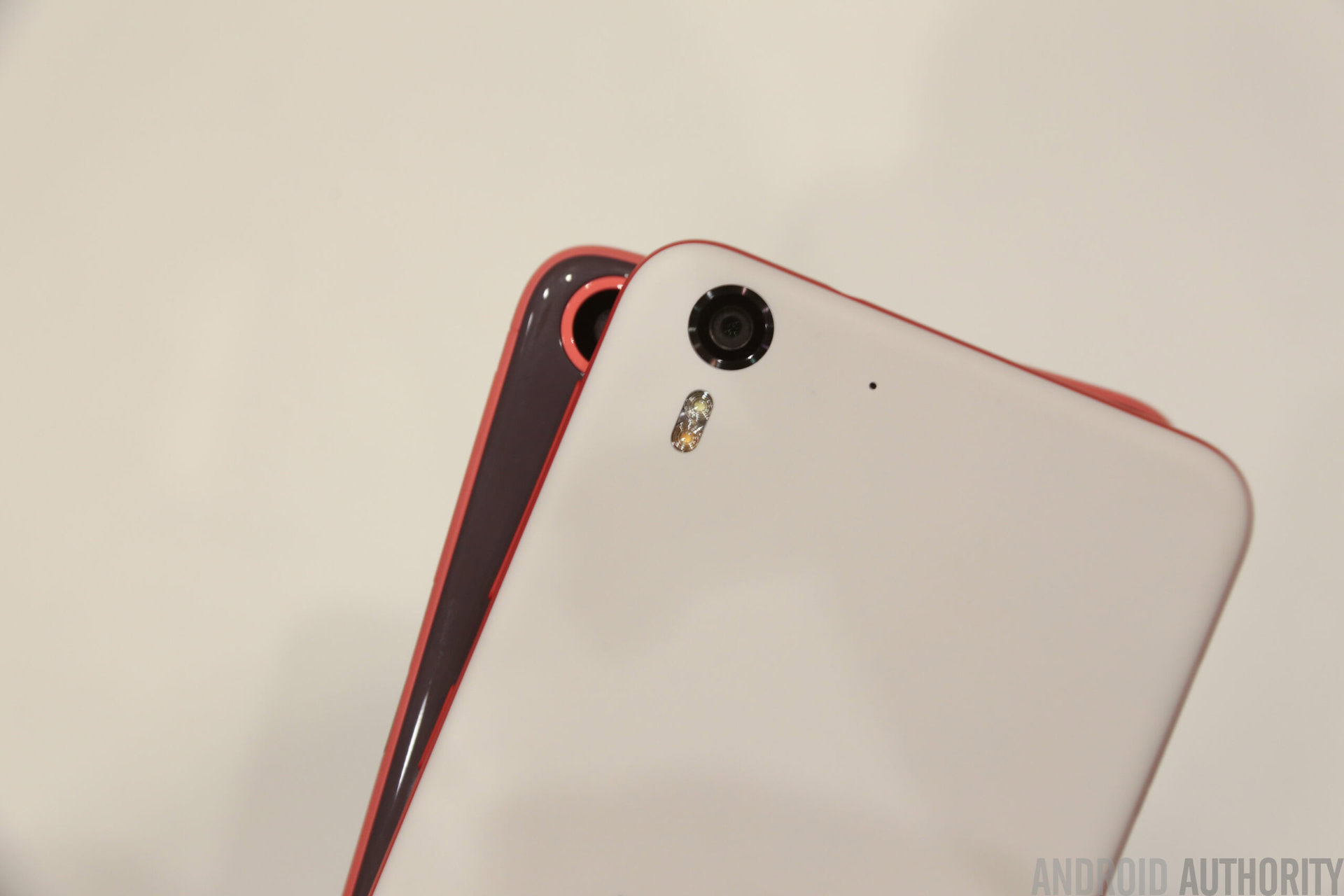
HTC is on a warpath to prove their prowess in the smartphone camera department, but it’s obvious that the company is yet to settle on a winning combination, as is evident with the Desire Eye and Desire 826.
The Desire Eye packs identical camera packages up front and the back, a 13 MP shooter with a Dual LED flash. As good as that sounds on paper, the final result left us a little disappointment, especially when you consider that this was supposed to be its biggest selling point.
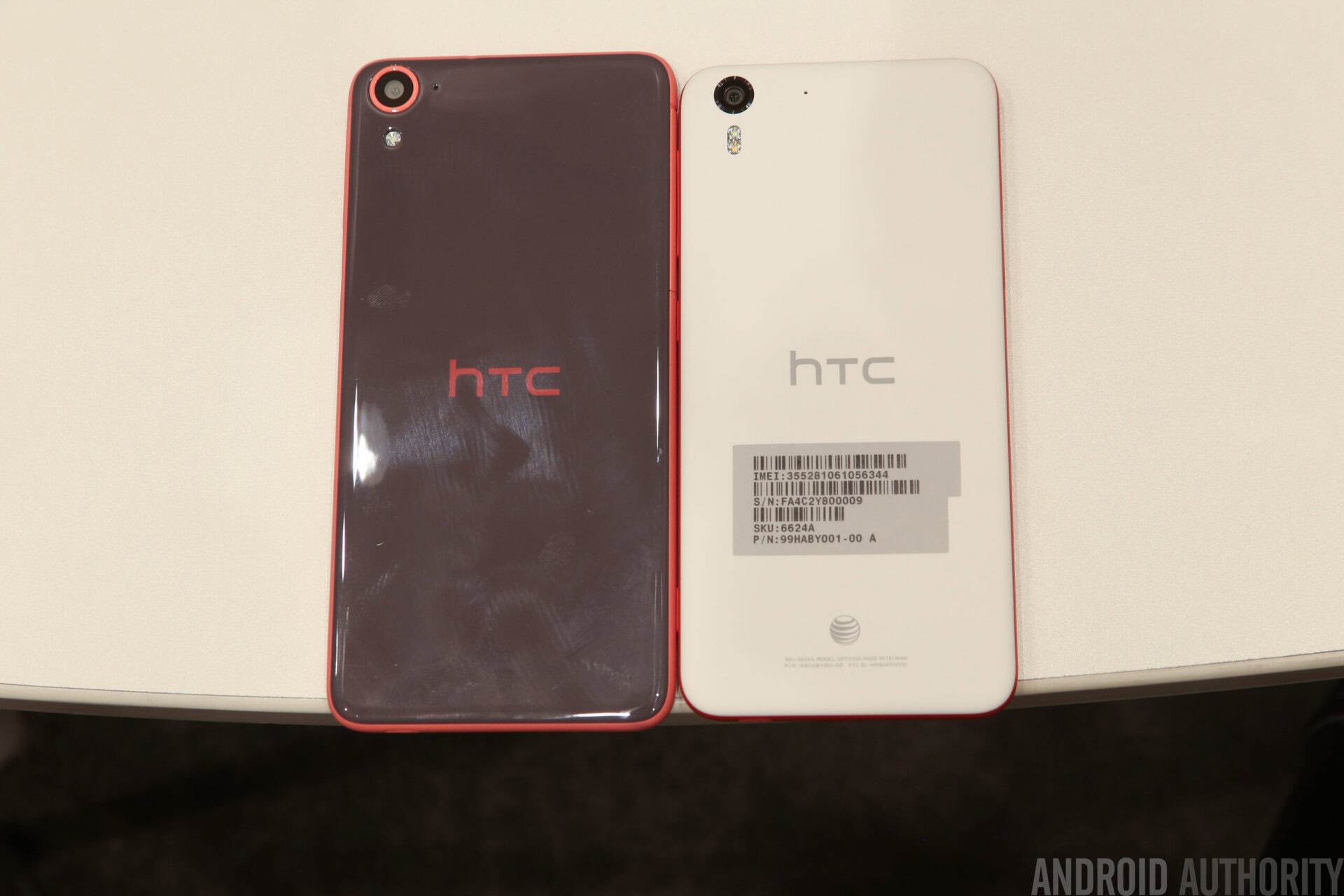
So HTCdecided to go a slightly different route with the Desire 826. While it features a similar rear camera setup, the front camera is now a 4 MP “Ultrapixel” camera, which is the primary camera found on its flagship devices, the HTCOne (M8) and One (M7). The Ultrapixel camera does allow for better low light photography, which is always useful while taking self portraits, but the presence of a flash in the case of the Desire Eye may be preferred by some.
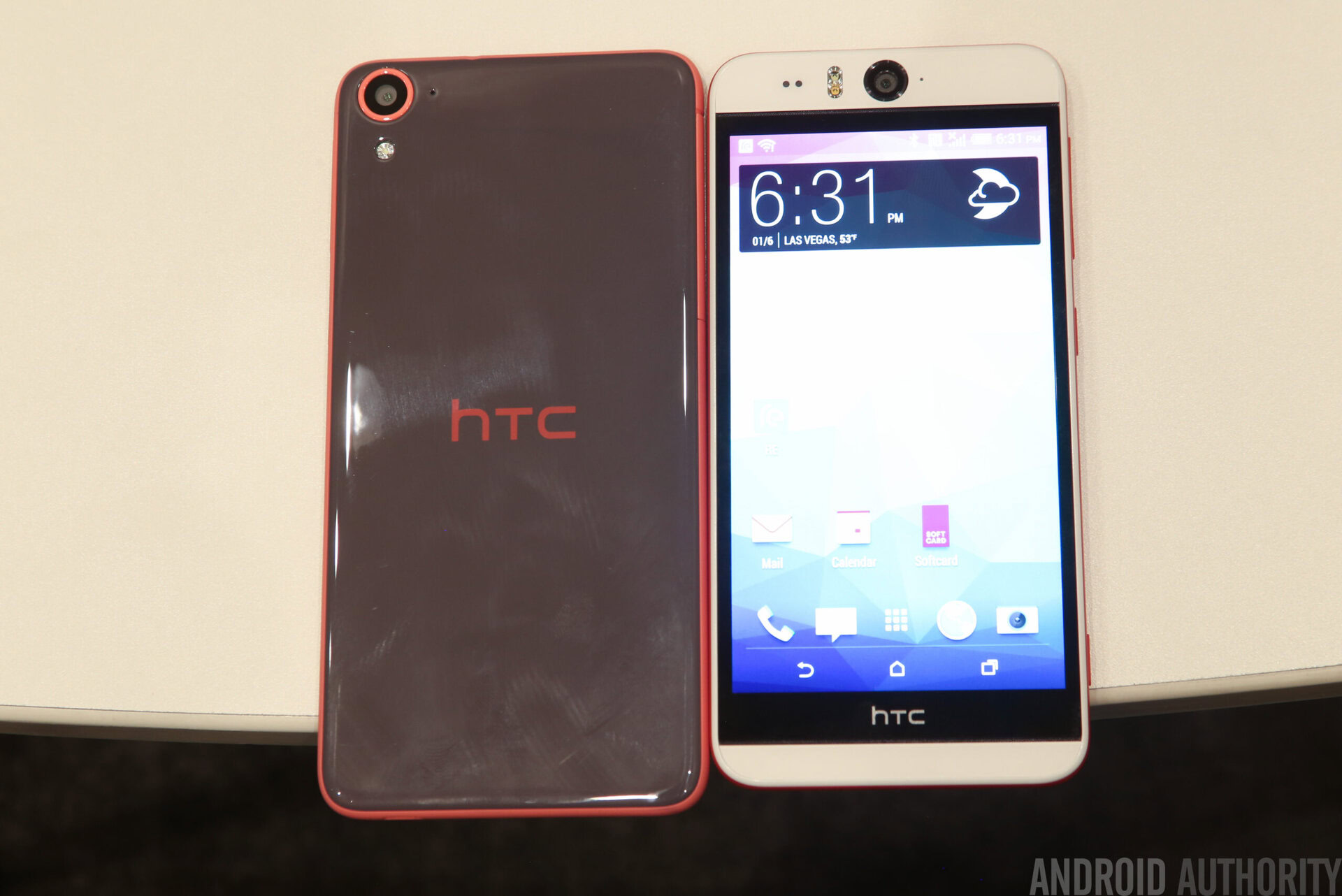
When it comes to the camera software, both smartphones include the recently announced HTCEye Experience, with its numerous modes and features to take advantage of the front and back cameras simultaneously, along with a slew of manual controls that really allow you to cater the shot to your liking.
Software
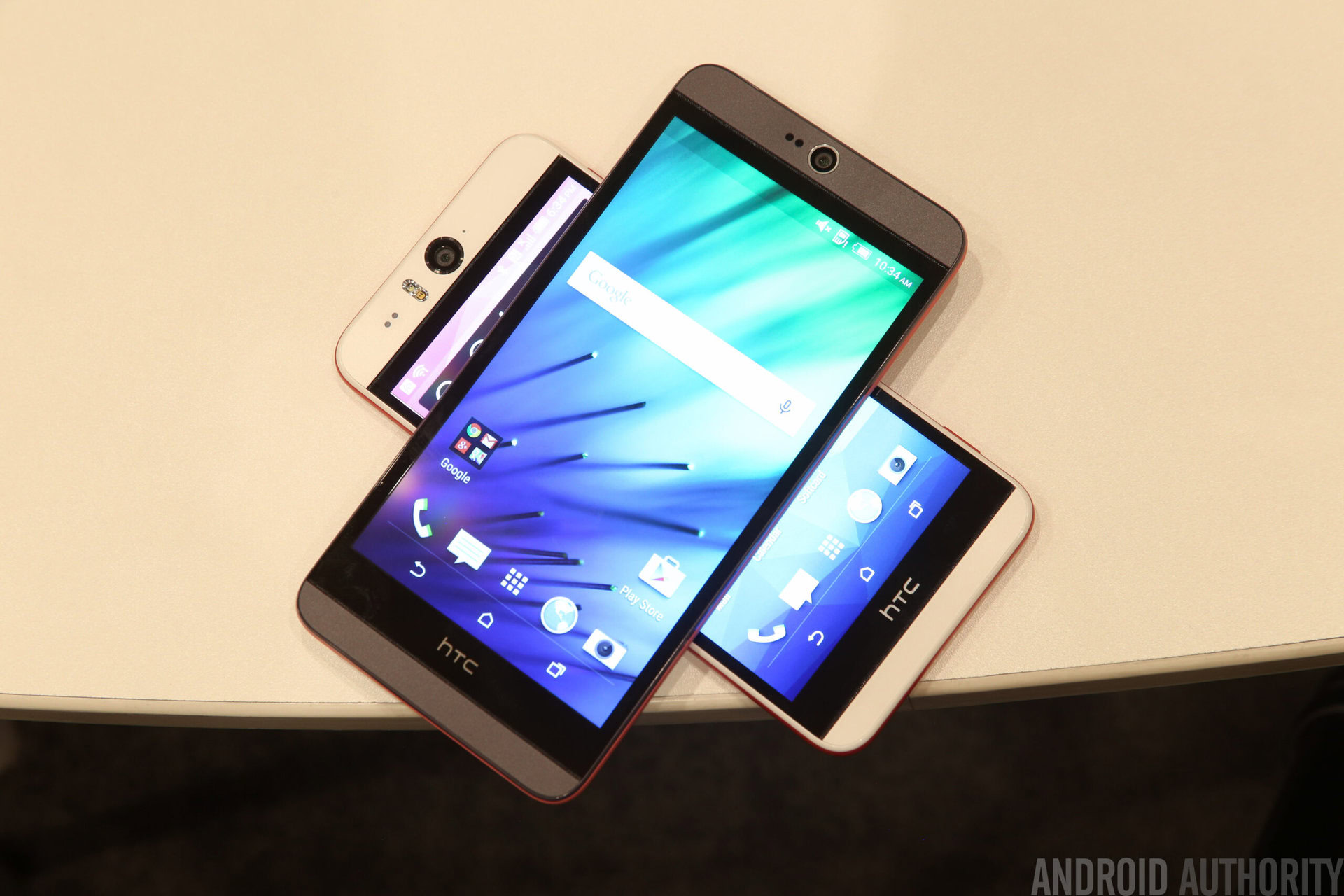
On the software front, the Desire Eye comes with Android 4.4 Kitkat, with a planned upgrade to 5.0, while the 826 comes with Lollipop out of the box. Of course, HTC’s Sense UI is on top in both cases.
The Sense UI overshadows any Lollipop-related Material Design add-ons you have may be looking forward to, with the changes limited to the Recent Apps screen, the notification dropdown, and lockscreen, along with minor changes across the board. As such, the software experience with both the Desire Eye and Desire 826 is quite similar even now, and will be the same once the latter receives the official update.
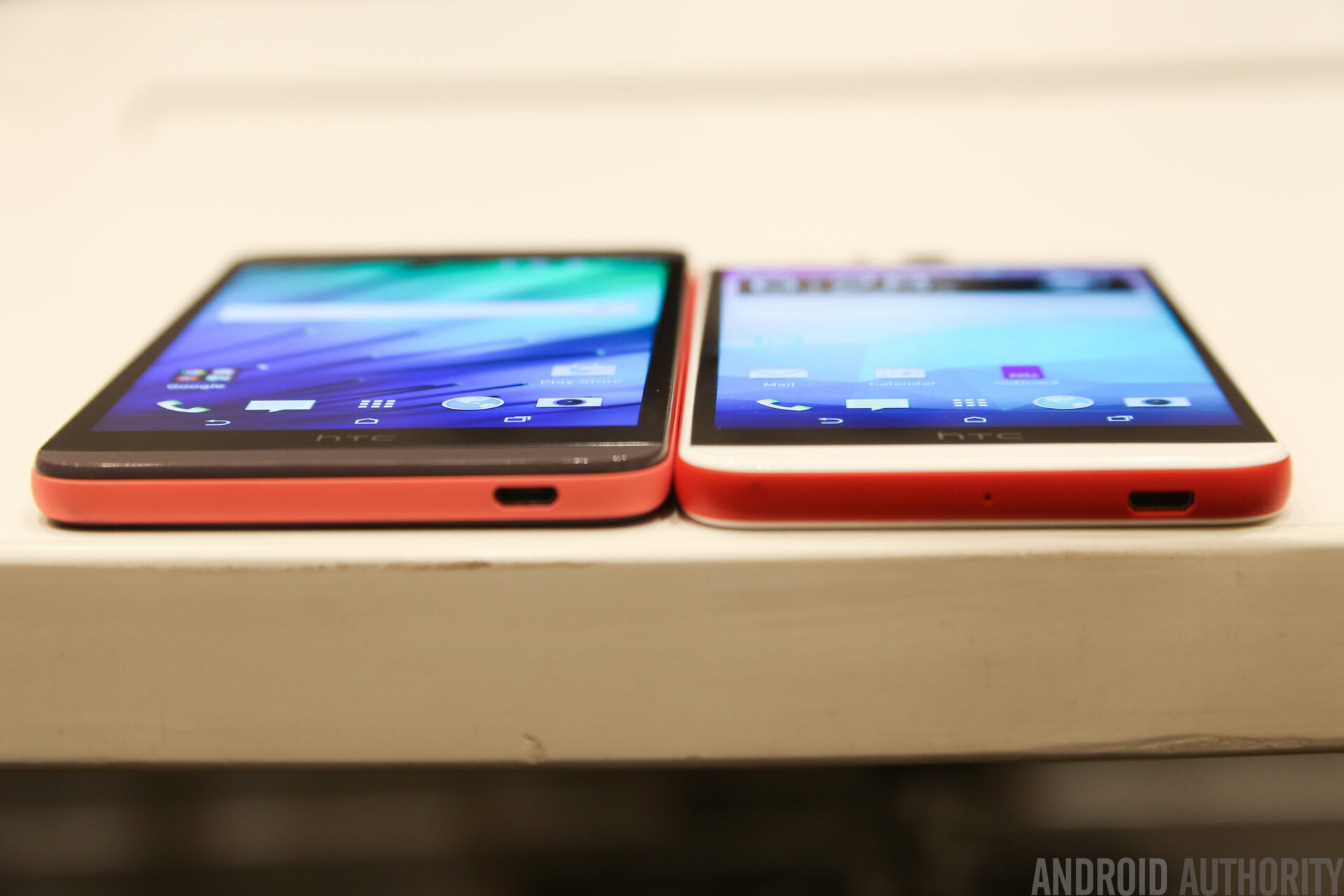
All said and done, the Sense UI has seen an amazing evolution over the years, and is now easily one of the better takes on Android out there. Performance is as smooth as ever, with rare, if any, instances of stutter or lag.
Spec Comparison
| HTC Desire 826 | HTC Desire Eye | |
|---|---|---|
Display | HTC Desire 826 5.5-inch IPS LCD 1080p, 401 ppi | HTC Desire Eye 5.2-inch IPS LCD 1080p, 424 ppi |
Processor | HTC Desire 826 Octa-core Qualcomm Snapdragon 615 (Quad-core 1.7 GHz Cortex-A53 & quad-core 1.0 GHz Cortex-A53) Adreno 405 GPU | HTC Desire Eye 2.3 GHz quad-core Qualcomm Snapdragon 801 Adreno 330 GPU |
RAM | HTC Desire 826 2 GB | HTC Desire Eye 2 GB |
Storage | HTC Desire 826 16 GB, expandable | HTC Desire Eye 16 GB, expandable |
Networks | HTC Desire 826 GSM/HSPA/4G LTE | HTC Desire Eye GSM/HSPA/4G LTE |
Connectivity | HTC Desire 826 GPS, GLONASS, microUSB 2.0, WiFi a/b/g/n, NFC, Bluetooth 4.0 | HTC Desire Eye GPS, GLONASS, microUSB 2.0, WiFi a/b/g/n, NFC, Bluetooth 4.0 |
Battery | HTC Desire 826 2,600 mAh | HTC Desire Eye 2,400 mAh |
Software | HTC Desire 826 Android 5.0.1 Lollipop | HTC Desire Eye Android 4.4.4 Kiktat |
Gallery
Conclusion at a glance
So there you have it – a quick look at the HTCDesire 826 vs HTCDesire Eye! Both smartphones are wonderful additions to the company’s mid-range portfolio, and with both smartphones, the obvious point of focus is in the camera experience, or rather, the selfie experience. The Desire Eye somewhat disappointed in this regard though, and a more thorough review will be required to see if the Desire 826 fares any better.
What makes HTCsmartphones great — namely the design and build quality, the software package, and the front-facing BoomSound speakers — are all available with both smartphones, and both are great options if you’re looking to stay in the HTCfamily.